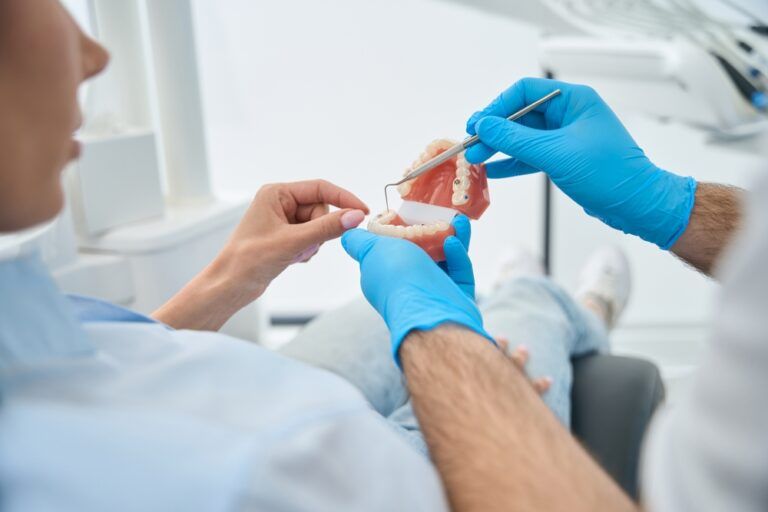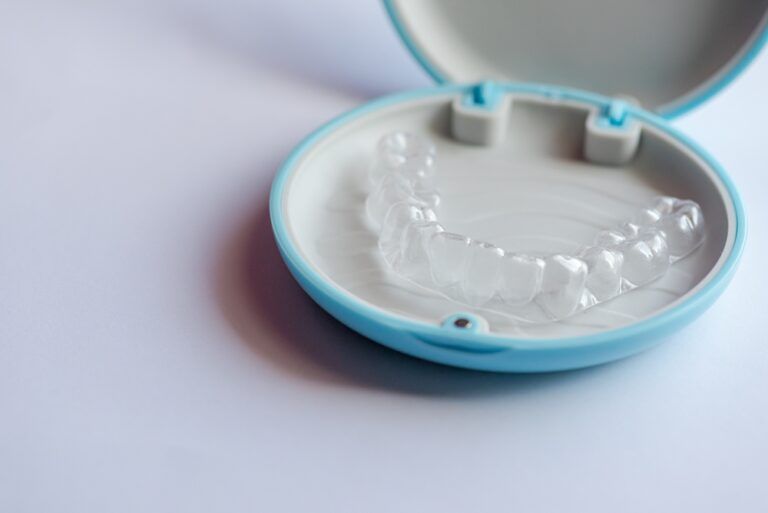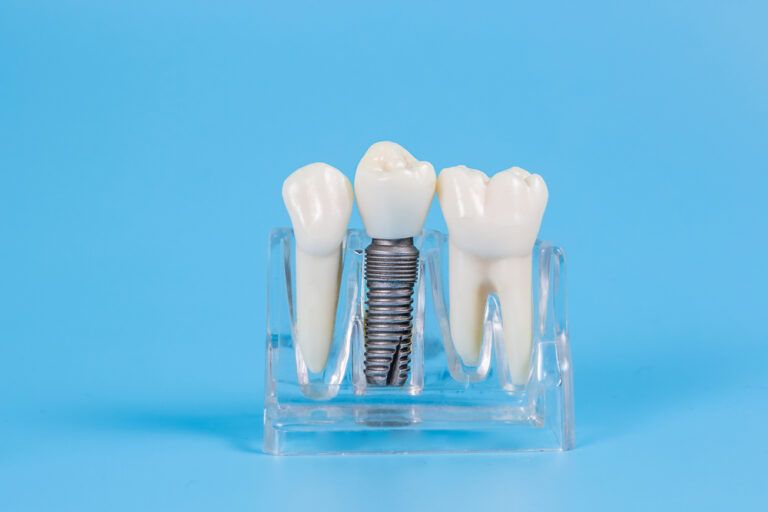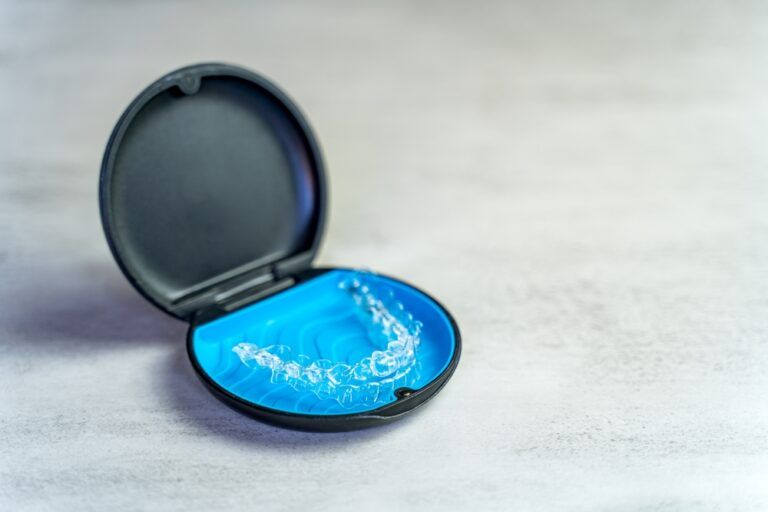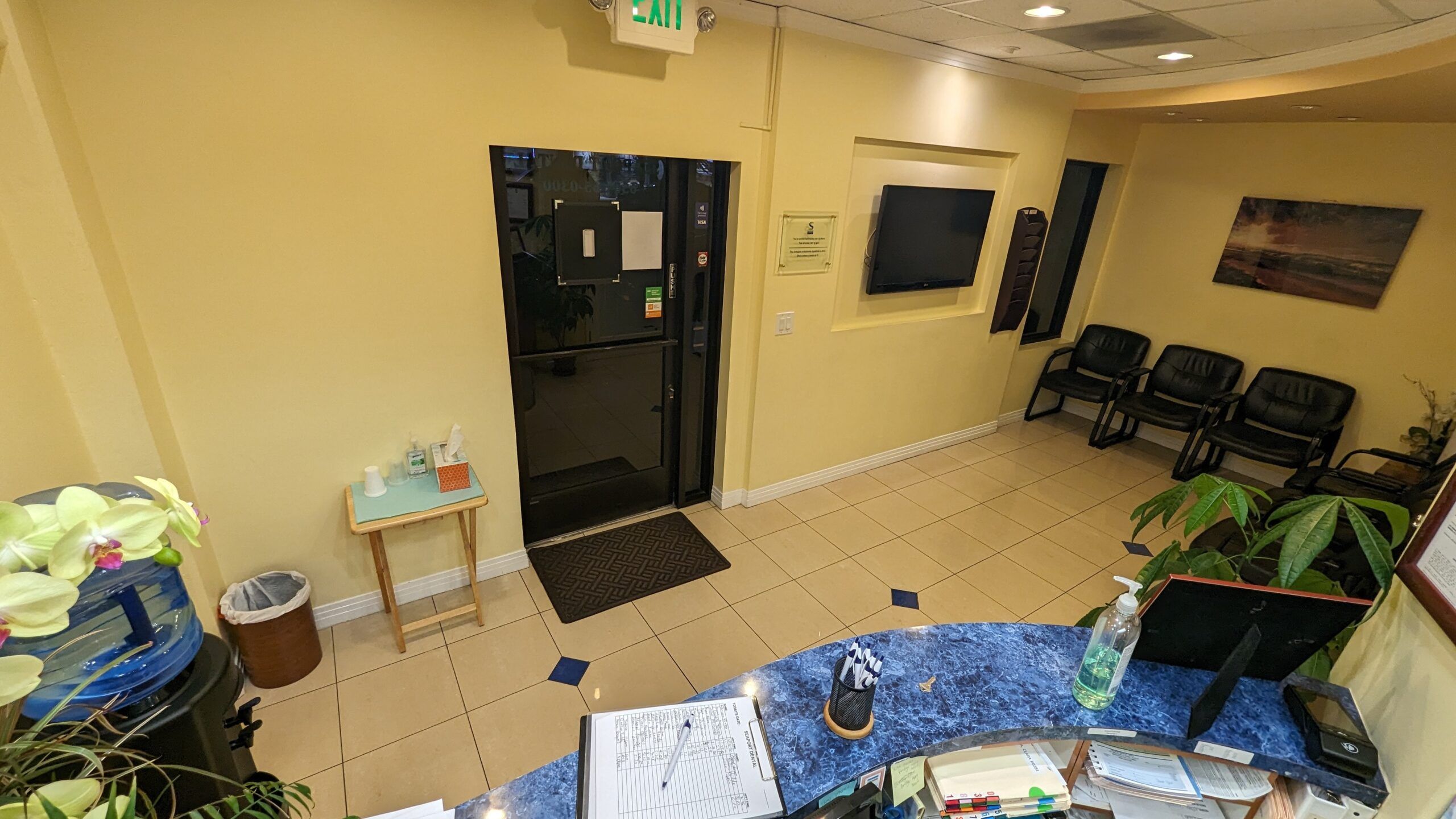A dental abscess is one of the most painful oral conditions a person can experience. It occurs when an infection leads to the formation of a pocket of pus in or around a tooth. Abscesses can be caused by untreated cavities, gum disease, or trauma to the tooth, and if not addressed quickly, they can result in severe complications. Managing a dental abscess effectively requires both immediate care and long-term prevention strategies.
Dr. Steve Deng, DDS, at Seaport Family Dental in Redwood City, CA, is experienced in diagnosing and treating dental abscesses. Here, we’ll outline best practices for managing dental abscesses, including how to recognize the symptoms, treatment options, and steps to prevent future occurrences.
Recognizing the Signs of a Dental Abscess
The first step in managing a dental abscess is understanding the symptoms. While the pain is often the most immediate sign, other symptoms can indicate the presence of an abscess:
- Severe, throbbing tooth pain that radiates to your jaw, neck, or ear
- Sensitivity to hot or cold foods and drinks
- Swelling in your face, cheek, or neck
- Red or swollen gums around the affected tooth
- Bad taste in your mouth from pus leaking from the abscess
- Fever or general feelings of being unwell
If you experience any of these symptoms, it’s crucial to contact your dentist immediately. Untreated abscesses can lead to serious infections that spread beyond the mouth, requiring urgent medical care.
Step 1: Seek Immediate Dental Attention
The moment you suspect a dental abscess, it’s vital to visit your dentist as soon as possible. Dr. Steve Deng and the team at Seaport Family Dental are equipped to assess the severity of the abscess and determine the best course of treatment.
A dental professional will typically perform an X-ray to pinpoint the abscess’s location and assess the surrounding areas for additional signs of infection or damage. In some cases, a CT scan may be recommended if the infection has spread beyond the jaw.
Step 2: Drainage and Infection Control
One of the first steps in treating a dental abscess is to drain the pus, which reduces pressure and relieves pain. Your dentist will make a small incision in the abscess, allowing the pus to drain out. This procedure is usually done under local anesthesia to minimize discomfort.
Once the abscess is drained, your dentist will clean the area thoroughly and may prescribe antibiotics to clear any remaining infection. These antibiotics are especially important if the infection has spread beyond the abscess or if your immune system is weakened.
Step 3: Address the Underlying Cause
Managing a dental abscess is not just about treating the immediate infection—it’s also essential to address the underlying cause. In many cases, a dental abscess forms due to untreated cavities, gum disease, or tooth trauma. Depending on the source of the abscess, treatment options may include:
- Root Canal Treatment: If the abscess is caused by an infected tooth pulp, a root canal may be necessary. During this procedure, the dentist will remove the infected tissue from the tooth, clean the root canals, and fill them to prevent future infections.
- Tooth Extraction: In some cases, the affected tooth may be too damaged to save, and extraction is the best option. Once the tooth is removed, the dentist will drain the abscess and provide aftercare instructions.
- Periodontal Treatment: If gum disease is the root cause of the abscess, your dentist may recommend deep cleaning procedures such as scaling and root planing to remove plaque and bacteria from below the gumline.
Step 4: Pain Management During Treatment
Managing the pain from a dental abscess is a key part of the treatment process. While antibiotics and drainage address the infection, additional pain relief may be necessary to improve comfort during recovery. Over-the-counter pain relievers such as ibuprofen or acetaminophen can help, but be sure to follow the dosage instructions provided by your dentist.
For more severe pain, your dentist may prescribe stronger painkillers temporarily. Remember that while pain relief is essential, it should never replace professional dental treatment. A dental abscess will not go away on its own, and delaying treatment can lead to more severe complications.
Step 5: Post-Treatment Care
Once the infection is under control and the abscess has been treated, it’s important to follow your dentist’s instructions for post-treatment care. This typically includes maintaining good oral hygiene practices and attending follow-up appointments to monitor the healing process.
- Keep the area clean: Use a soft-bristled toothbrush and be gentle around the treated area.
- Rinse with warm salt water: A warm salt water rinse can help soothe the area and promote healing. Mix a half teaspoon of salt with warm water and swish it in your mouth for about 30 seconds before spitting it out.
- Take prescribed medications: Complete the full course of antibiotics as prescribed by your dentist, even if symptoms improve.
- Avoid hard or chewy foods: Stick to soft foods while the area heals to avoid irritating the affected tooth and gums.
Step 6: Preventing Future Abscesses
Preventing dental abscesses is always better than having to treat one. By maintaining a consistent oral hygiene routine and making regular dental visits a priority, you can reduce your risk of developing an abscess in the future.
- Brush twice a day: Use fluoride toothpaste to strengthen your teeth and remove plaque buildup.
- Floss daily: Flossing helps to clean between your teeth and remove food particles that can lead to decay and infection.
- Limit sugary foods and drinks: Sugary foods contribute to tooth decay, which can lead to abscesses if left untreated.
- Regular dental checkups: Schedule routine visits to Seaport Family Dental for professional cleanings and exams. These visits allow Dr. Deng to spot potential issues before they become major problems.
Moving Forward with Healthy Oral Habits
Dental abscesses are painful and can lead to serious health issues if not managed correctly. The key to preventing future abscesses and other dental complications lies in proactive care and regular visits to your dentist. At Seaport Family Dental in Redwood City, CA, Dr. Steve Deng and his team are committed to providing comprehensive dental care, ensuring that you maintain a healthy and pain-free smile.
If you suspect you have a dental abscess or have questions about managing oral health, don’t hesitate to reach out. Dr. Deng will assess your condition and guide you through the treatment process with expertise and compassion.
Sources:
- Smith, A. J., & Robertson, D. (2021). Current concepts in the management of dental abscesses. International Journal of Dentistry.
- Fedorowicz, Z., et al. (2017). Antibiotic use for managing dental abscesses: A systematic review. Cochrane Database of Systematic Reviews.
- Gill, Y., & Scully, C. (2015). Orofacial pain and its management in dental practice. British Dental Journal.



